One year since Mahsa Amini’s death sparked West-backed riots in Iran
By Amir Mehmoodi
It's been one year since the death of 22-year-old Iranian woman Mahsa Amini while in police custody triggered a massive West-backed campaign that was aimed at stoking unrest in Iran and pushing the so-called “regime change” agenda.
These events were part of the hybrid war against the Islamic Republic, involving massive disinformation campaigns and political pressures, coordinated with local and foreign terrorist and separatist groups as well as thugs on the streets.
To mark the first anniversary of Amini’s death and the subsequent deadly riots, rabble-rousers have in recent weeks been urging ordinary people to pour into the streets again and create mayhem.
But, thanks to the vigilance of Iranian security and intelligence agencies, the fresh attempts to foment chaos in the country, including in the capital Tehran, have so far failed to materialize.
Iranian security services have in recent days identified and arrested several organized cells that were preparing terrorist attacks in different provinces and recovered a large cache of weapons from them.
Mahsa Amini fainted at a police station in Tehran on September 13, leading to a heartbeat interruption and blood pressure reduction, which doctors said was related to her underlying health issues.
Ineffective cardiopulmonary resuscitation in the early minutes caused severe brain hypoxia, and despite all efforts to save her, three days later due to multiple organ failure, she died at a Tehran hospital.
Immediately after the local Iranian media reported her death, the Western mass media jumped on the bandwagon, saying she was brutally killed, even shot. That narrative has not changed to this day.
Rumors were aggressively spread as breaking news around the world, and even within Iran there was speculation about the alleged murder, but a video released later totally dispelled the rumors.
In the video, Amini was seen getting out of the police van, walking normally into the police station, where she first sits, and then after a short conversation with the policewoman collapses on the floor, without any physical contact with anyone.
Even after the video was released, which dismissed all speculation, Western media stuck to their rhetoric, claiming that anonymous eyewitnesses contacted them and said that Amini was allegedly beaten in a police van. Fake CT scan analyses also began to spread at a dizzying pace.
Claims about beating in a police van are without a logical basis because such a scenario implies earlier resistance or an argument between the two sides, for which the woman in question would be detained in handcuffs and with an escort.
However, such standard police procedure with problematic arrestees is not visible in the video, because she walks out on her own, without handcuffs or a police escort, and does not seem hurt at all.
The issue was taken up at the highest level with all seriousness. Leader of the Islamic Revolution Ayatollah Seyyed Ali Khamenei and President Ebrahim Raeisi immediately ordered investigations into the case and urged relevant authorities to make the details public.
Some three weeks after the incident, the official medical report was released, stating that the death of the individual was not caused by blows to her head, vital organs and limbs.
It revealed that Amili had undergone a craniopharyngioma surgery at the age of eight which led to the eruption of disorders in the hypothalamus and hypophysis gland, adding that she used to take hydrocortisone, levothyroxine, and desmopressin as medication.
Then-police chief Brigadier General Hossein Ashtari also confirmed that no fault can be attributed to police forces and rejected unfounded claims about beatings when Amini was taken into custody.
While Iranian officials did leave the possibility for an alternative scenario through investigation, regardless of the fact that it was extremely small, for the Western media the alleged murder became an undeniable fact and no one dared to question their flawed narrative.
Even videos showing Amini in the police station, which were published by the media in Iran, Asian and Latin American countries, were not reproduced by mainstream Western mass media outlets, as it could have blown the lid off their vile propaganda.
As riots were spreading across Iran, it was not in the interest of Western governments to deny or question the official anti-Iranian narrative that incited unrest, and at the same time, they showed remarkable totalitarian control over information in their countries.
The flames of the riots were fanned with a misinformation campaign through run-of-the-mill satellite television channels in both English and Persian languages bankrolled by the US and its allies.
It is an undisputed fact that the killing of women really happens in Iran, as according to the latest statistical data, only six out of a million women are killed every year.
This rate is lower than in France and the United Kingdom (7), Germany and Canada (9), as well as five times smaller than in the United States (29). It is also three times smaller than the world average (20).
Therefore, it is ironic that these Western regimes would talk about women’s rights in Iran, where the safety of women, even according to the testimony of Western female tourists, is better than the West.
Amir Mehmoodi is a writer and security affairs analyst based in Tehran.
(The views expressed in this article do not necessarily reflect those of Press TV)
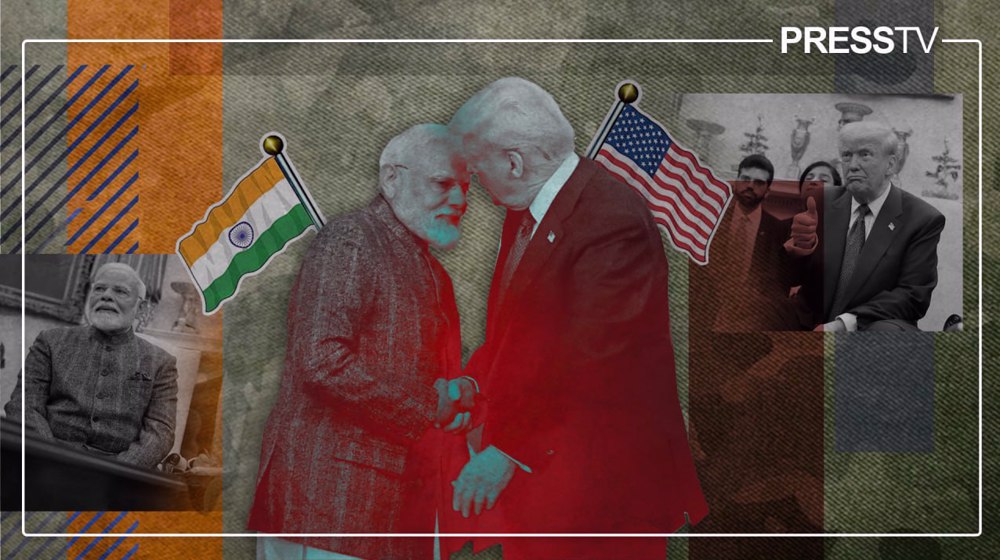
End of the American empire and lessons for India

Trump eyes Ukrainian rare earth minerals in exchange for military support to Kiev
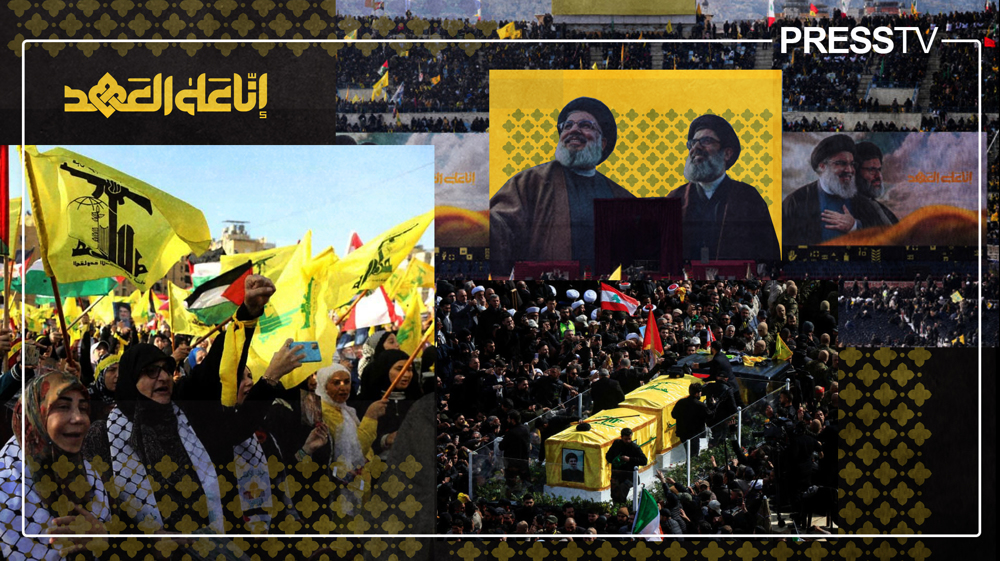
‘We are in the covenant’: Hezbollah leaders' funeral a rallying cry for resistance
Iranian flotilla makes port call in India with 'friendship message'
How UK counter-terror police colluded with Zionists to detain me after Beirut trip
Biden, Blinken, Austin referred to ICC over Gaza war crimes
EU will 'do the same' if US implements tariff hikes: France
VIDEO | Press TV's news headlines
British celebrities condemn BBC removal of Gaza documentary
Iran Army acquires tactical vehicles, audio surveillance systems
VIDEO | UK police detain anti-Zionist scholar upon return from Lebanon


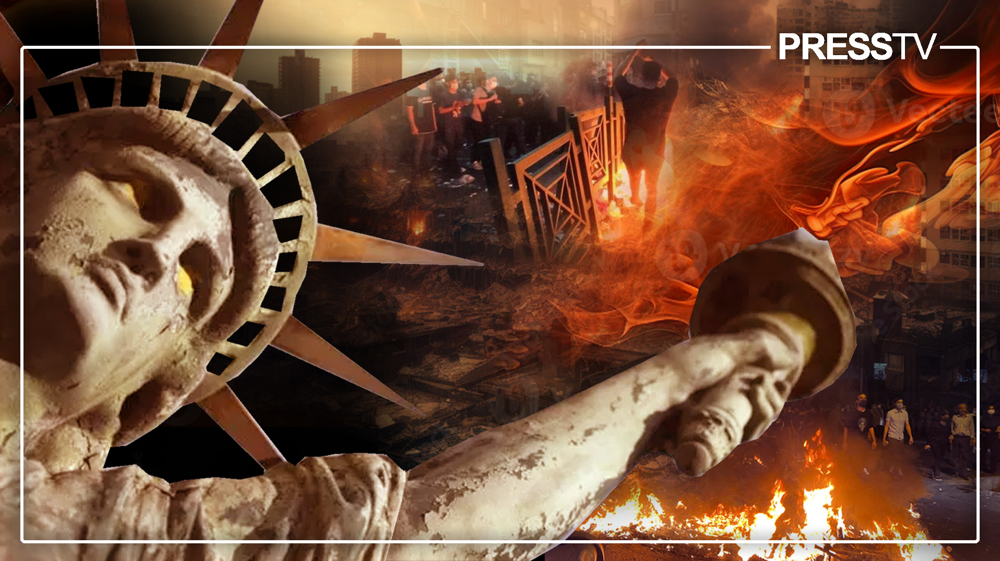



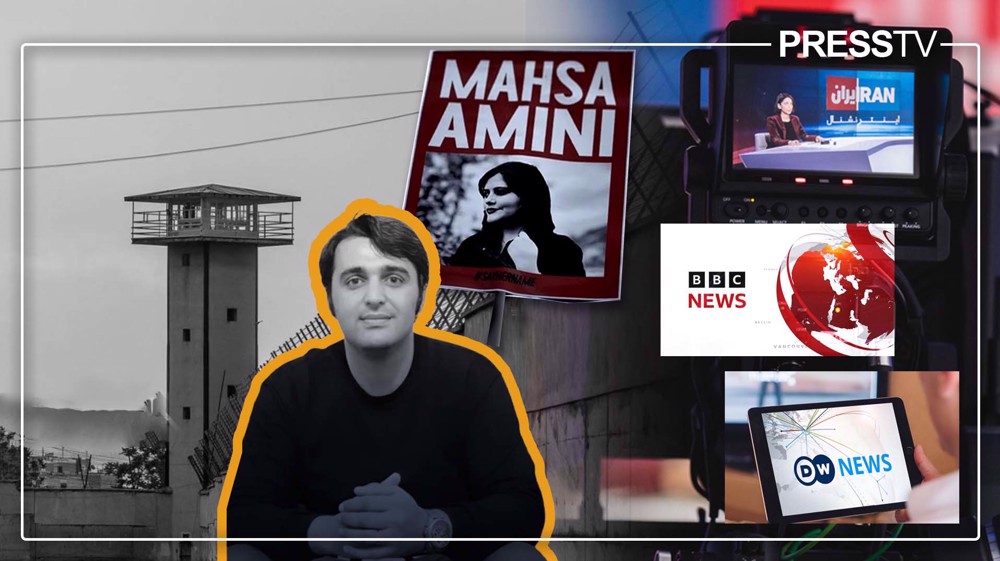
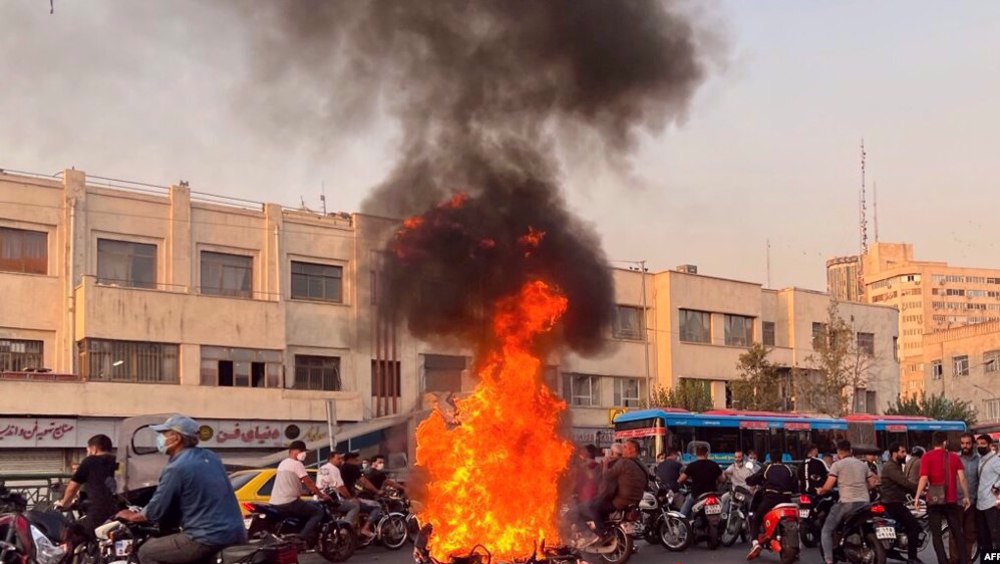
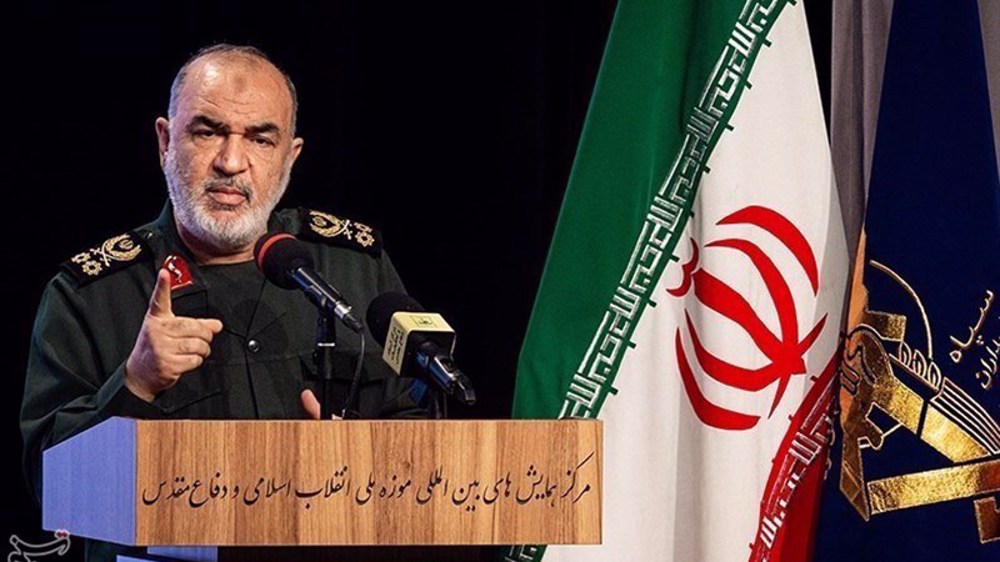
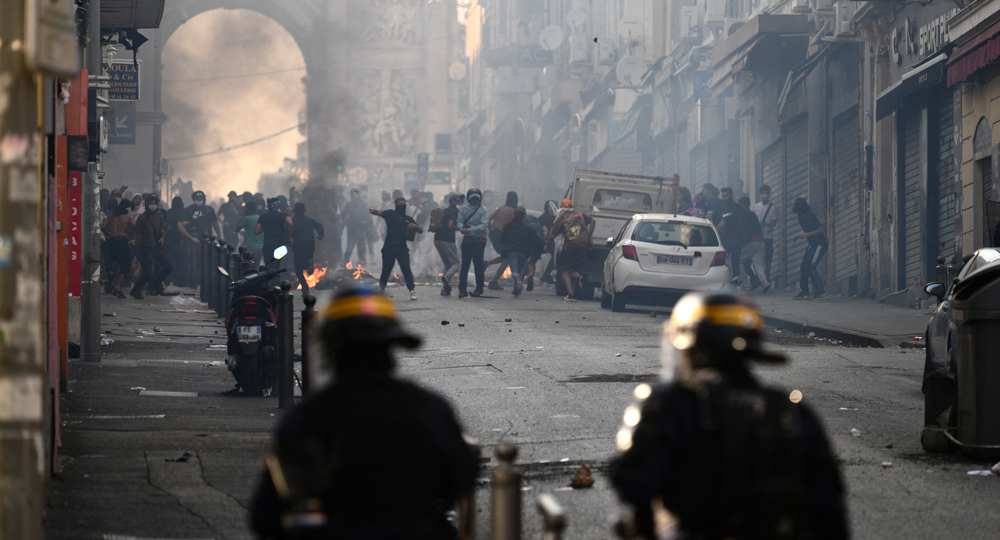

 This makes it easy to access the Press TV website
This makes it easy to access the Press TV website